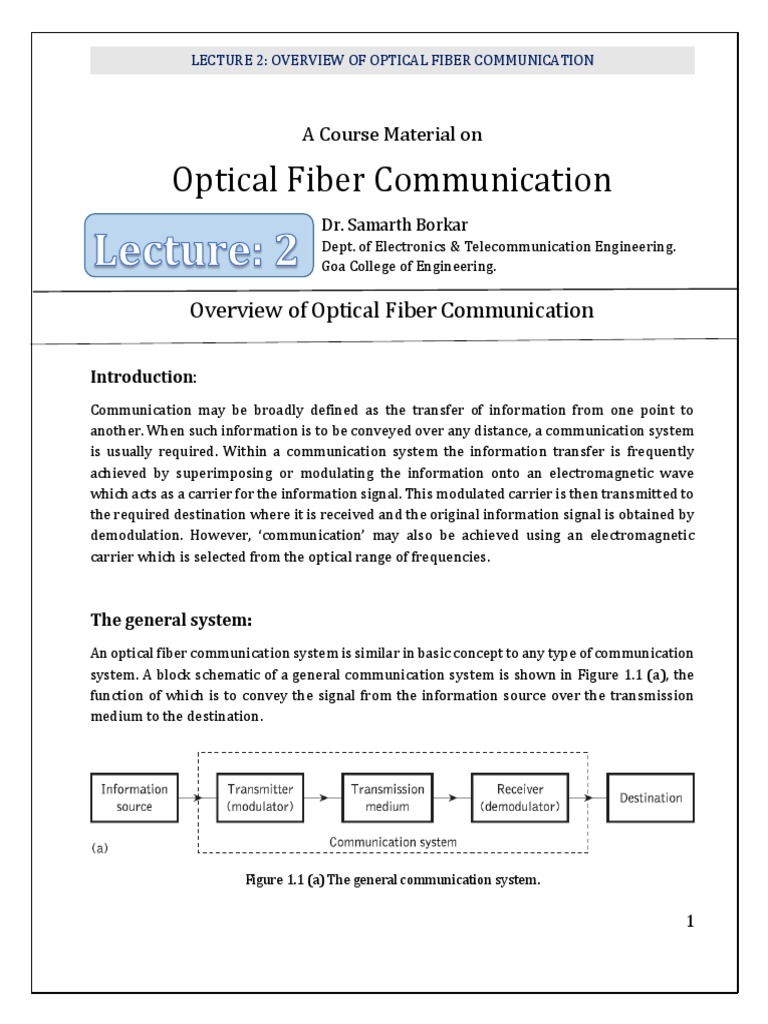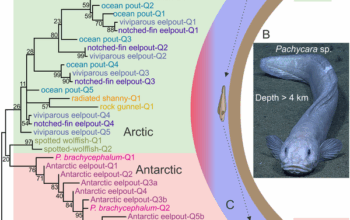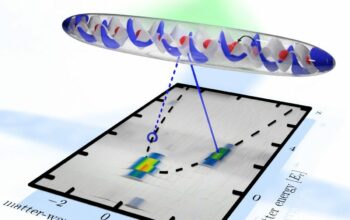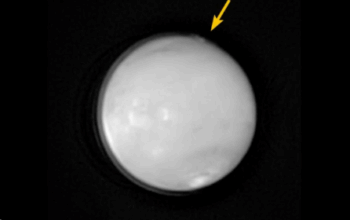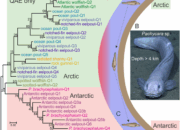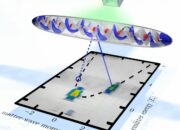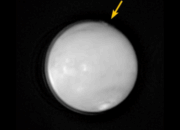Optical fiber communication represents a revolutionary advance in the transmission of information, utilizing the principles of light to send data over vast distances with remarkable efficiency. This technology leverages various elements and mechanisms, which together create a sophisticated framework for modern telecommunications. In this exploration, we will delve into the materials, structures, and devices that underlie optical fiber communication, providing a comprehensive understanding of what is employed in this fascinating field.
1. The Core of Optical Fiber: Glass and Plastic
At the heart of optical fiber communication lies the core, the central region of the fiber through which light signals propagate. Generally composed of silica (SiO2), the glass core provides exceptional clarity and minimal attenuation of light signals. Silica is prized for its low intrinsic losses and high bandwidth capabilities, allowing signals to travel long distances without significant degradation. In contrast, plastic optical fibers, usually made from polymer materials, are more flexible and easier to handle, but exhibit higher attenuation and lower data rates compared to their glass counterparts. The choice between glass and plastic fibers ultimately depends on the specific application and desired performance metrics.
2. The Role of Cladding
Surrounding the core is a layer known as cladding, which plays an equally crucial role in optical fiber communication. The primary function of the cladding is to reflect light back into the core, thereby maintaining the integrity of the optical signal through total internal reflection. The refractive index of the cladding is deliberately lower than that of the core, facilitating this phenomenon. Cladding materials are often composed of doped silica or plastic, carefully engineered to optimize light transmission properties. This unique structure allows light to travel along the fiber without leaking, drastically minimizing signal loss.
3. Light Sources: Lasers and LEDs
For optical fiber communication to commence, an appropriate light source is required to inject data into the fiber. Two primary types of light sources are utilized: lasers and light-emitting diodes (LEDs). Lasers, including semiconductor lasers and vertical-cavity surface-emitting lasers (VCSELs), emit coherent light at specific wavelengths, allowing for higher transmission rates and longer distances, making them ideal for long-haul communication. On the other hand, LEDs produce broader spectral light and are typically used for short-distance applications due to their lower efficiency and modulation speed. The selection of the light source fundamentally shapes the performance characteristics of the communication system.
4. Photodetectors: The Receivers of Light
Once the light signals traverse the optical fiber, they must be converted back into electrical signals for processing and interpretation. Photodetectors serve this modality, responding to incoming light and generating an electrical current corresponding to the intensity of the received light. Common types of photodetectors include photodiodes, avalanche photodiodes, and photomultiplier tubes, each possessing unique attributes that cater to different operational requirements. The sensitivity, speed, and range of these devices directly influence the overall performance of the communication system.
5. The Significance of Wavelength Division Multiplexing (WDM)
As data demands continue to surge, one of the most innovative techniques employed in optical fiber communication is wavelength division multiplexing (WDM). This advanced technique permits multiple light wavelengths to transmit simultaneously through a single fiber, exponentially increasing data capacity. Each wavelength can carry discrete information streams, effectively maximizing the utilization of the optical fiber. WDM technology has become a cornerstone for telecommunications, enabling network providers to accommodate the insatiable appetite for bandwidth driven by the proliferation of digital content and services.
6. The Influence of Fiber Geometry
The geometry of the optical fiber also plays a pivotal role in communication efficacy. Fibers are categorized into single-mode and multimode categories. Single-mode fibers possess a small core diameter, allowing only a single path for light to travel. This configuration minimizes modal dispersion and is best suited for long distances, boasting higher bandwidth. Conversely, multimode fibers, with larger core diameters, support multiple light paths, making them ideal for short distances within buildings or campuses. Understanding the nuances of fiber geometry is crucial for establishing optimal communication infrastructures.
7. The Importance of Connectors and Splices
To establish a functional optical fiber network, proper connectors and splices are indispensable. Connectors allow for the termination of fibers and their connections to other optical devices, while splices enable the joining of fiber segments. High-precision techniques, such as fusion splicing and mechanical splicing, are often employed to minimize loss and reflections at junctions. The meticulous engineering of optical connectors and splices ensures that the integrity of the light signal is preserved across the communication path.
8. Managing Transmission Losses
The realities of optical transmission are characterized by inherent losses, which can significantly impact performance. Various factors contribute to attenuation, including scattering, absorption, and bending losses. Scattering, primarily Rayleigh scattering, occurs due to fluctuations in the material density, while absorption occurs when light energy is dissipated as heat. Engineers continuously work to innovate fiber designs and materials to mitigate these losses, thereby enhancing the overall efficacy of optical communications.
9. Future Prospects and Innovations
As society progresses toward an increasingly interconnected future, the advancements in optical fiber communication promise to redefine the parameters of information transfer. The emergence of new materials, such as photonic crystal fibers, and innovations in transmission technologies may herald a new era of performance. Additionally, the integration of quantum communication concepts could potentially revolutionize data security, challenging existing frameworks. Overall, the evolution of optical fiber communication is poised to remain at the forefront of technological innovation.
In conclusion, the elements utilized in optical fiber communication construct a complex yet harmonious system, characterized by their interdependent roles ranging from core materials to sophisticated transmission technology. Understanding each component’s significance enhances appreciation for this essential technology that underpins our digital world, ultimately shaping the future of global communications.
